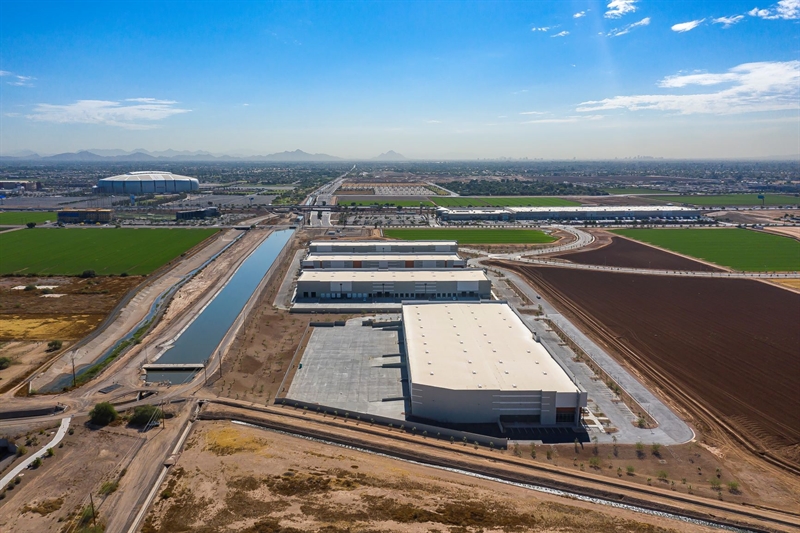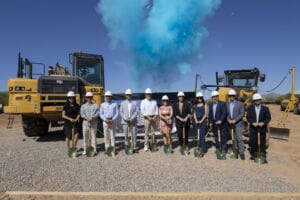The Phoenix industrial market continued to surge in the first quarter, according to a report from Kidder Mathews.
Market highlights:
• Average sale prices climbed to a new record high of $139/SF
• Construction soared to an all-time high with approx. 16M SF currently underway
• Rental rates hit a post-recession record high at $0.65 PSF NNN
READ ALSO: Amazon lifts Phoenix industrial market to best year ever in 2020
MARKET DRIVERS
• The COVID-19 pandemic has accelerated e-commerce trends that have fueled demand for warehouse and distribution space in the Phoenix market. Amazon has been aggressively expanding in Phoenix the past year, signing 11 leases last year alone that range from smaller last-mile fulfillment centers to large-scale distribution facilities.
• After a record-breaking level of supply last year of approximately 18M SF, the construction pipeline is still booming with over 16M SF of space underway at the end of the first quarter. Much of the new supply is in the Southwest Valley, as the region’s proximity to California and relative affordability has fueled demand for manufacturing and distribution space. Recent infrastructure improvements, such as the expansions of Loop 202 and Loop 303, have helped with the traffic flow into the area and contributed to increased population growth in the communities.
• Average asking rental rates soared to a record high of $0.65/SF on a triple-net basis. Rent growth in Phoenix has recently outpaced the national average but despite the steady increase, the market maintains its position as an affordable market when compared to the nearby major regions in California.
• Investors remain bullish on the Phoenix industrial market and continue to seek out quality assets. Local buyers are competing against many out-of-state and institutional investors, who are behind some of the largest deals in Phoenix. Buyer competition has put an upward pressure on pricing as sales prices averaged an all-time high of $139/SF in the first quarter.
ECONOMIC OVERVIEW
• Phoenix bounced back quicker than many other metro areas and has maintained its place among the best-performing markets for job growth. The rise in remote work will attract more people to look to Phoenix as an affordable option to California and will ultimately stimulate economic growth.
• According to the Arizona Labor of Statistics Office of Economic Opportunity, Phoenix metro’s unemployment rate in January increased 1 basis point month-over-month to 6.7%. This is compared to the state’s rate of 7%. Phoenix lost about 240,000 jobs in the start of the pandemic, but the sharp job losses were temporary with about 60% of those job losses recovered.
NEAR TERM OUTLOOK
• The Phoenix Industrial market’s record level performance in 2020 carried into the first quarter of 2021 and will continue into the remainder of the year. Demand will stay strong for not only last-mile and e-commerce users, but also for data centers and manufacturing.
• The market is experiencing a surge in development and new projects will continue to break ground and come online. Developers are highly attracted to the Phoenix industrial market because of relatively few development barriers, strong demand, and a thriving local economy which will continue into the near future.




